Защо цените на specialty кафето са различни?
-1140x300w.png)
Запитвали ли сте се защо цената на кафето от един и същи произход, например Колумбия, е различна при всяка пекарна в България или чужбина? През последните години третата вълна на specialty coffee пазара се разви бързо, създавайки много възможности за потребителите на тази напитка и следователно с това наатъпиха и различивта в ценовия диапазон.
 |
.png) |
В настоящата статия ще обсъдим какви са факторияте, които формират дадена цена на кафе на зърна. Защо тя е различна при отделните пекарни, освен стилът им на печене?
1.Дата на изпичане:
Всеки пекар по света има свой стил и начин на работа, особено що се отнася до графика на печене. Някои предпочитат да пекат на по-големи партиди и веднага да пакетират кафените зърна, като го държат на склад и при поръчка го изпращат.. По този начин се намаляват и оптимизират значително произдводствените разходи, но за сметна на това се прави компромис с пряснотата на продукта.
От друга страна, съществува и алтернативен начин на работа. Ние от „Martines Caffe“ вярваме, че хората заслужават да се насладят на прясно изпечено кафе, и затова избрахме да прилагаме различен метод. Предпочитаме да държим на склад сурово кафе на зърна и да го печем, индивидуално за нашите клиенти, въз основа на техните изисквания и след потвърждение на заявката. След това го опаковате и изпращаме по този начин, ние сме сигурни, че кафето наистина е прясно изпечено.
Избирайки вторият вариант на работа осъзнаваме, че повишава цената на крайния продукт спрямо първия, но си заслужава, тъй като удоволствието от кафето гарантирано ще бъде по-голямо.
2.Регион
Всяка страна производител има специфични региони за отглеждане на кафе. В този случай цените се определят от достъпността до района, разстоянието до пристанището на износ, инфраструктурата за преработка на кафето и много други фактори.
3. Обработка и ферментация
Начинът, по който кафето е преработено и / или ферментирало, е друг фактор, който пряко влияе върху цената. При натуралния процес, то се суши на слънце и при страни, където пространството за преработка е ограничено и с голяма надморска височина, обикновено е по-скъпо в сравнение с измитите, като например Колумбия, Перу или Кения.
Освен това, когато кафето преминава през процес на ферментация, то обикновено е по-скъпо, в зависимост от метода. Ако се прилага анаеробен процес (без наличие на въздух), необходимото време е по-дълго и качеството на зърната е изложено на риск. Поради липса на въздушни условия процесът на ферментация е по-нестабилен. И получените количества са по-малко в сравнение със стандартните: измит или естествен процес.
4. Количество:
Търговските кафета се предлагат в по-големи количества, тъй като при тях фокусът е цената, но не и качеството. Въпреки това, когато говорим за spesialty coffee, наличността може да бъде доста ограничена, в зависимост от това дали кафето идва от микро партида, нано партида, Cup of Excellence или експериментална партида. Всички те са ограничен брой чували, понякога само с по 8, 10, 20 кг например. Това влияе върху цените поради ограниченото предлагане, за сметка на търсенето.
5. Качество:
Качеството е друг фактор, който оказва влиянние. Кафетата с повече SCA точки, например 89, 90, 91 или 92, обикновено са по-скъпи. При тях, вкусовите и ароматни характеристики, са по-необичайни или редки, както и в повечето случай количеството е ограничено.
Въз основа на това следващия път, когато видим едно и също кафе, но на различни цени, бихме могли да попитаме пекаря или продавача за посочените по-горе спецификации и да заключим дали си струва да платим разликата или не.

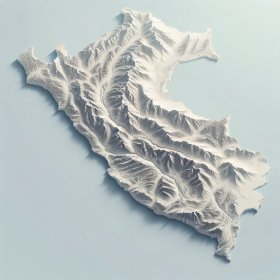


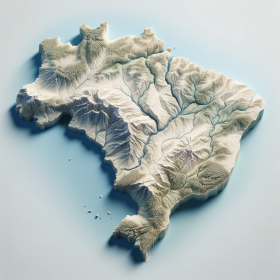

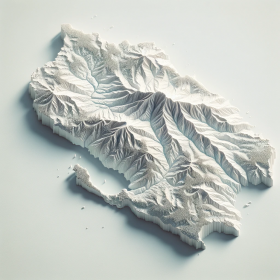


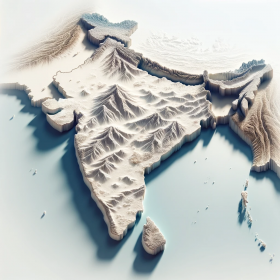

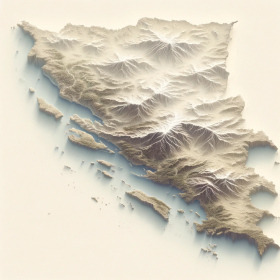


Оставете коментар